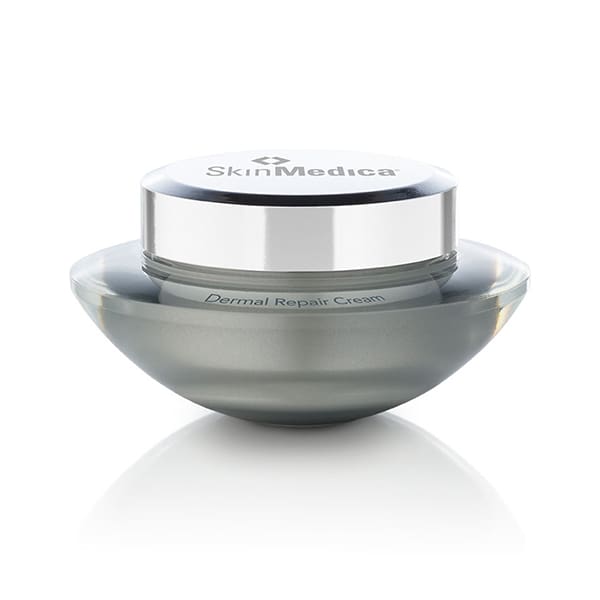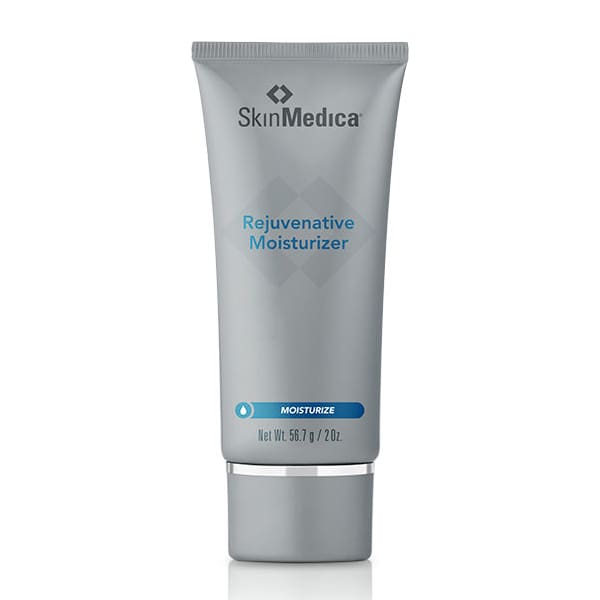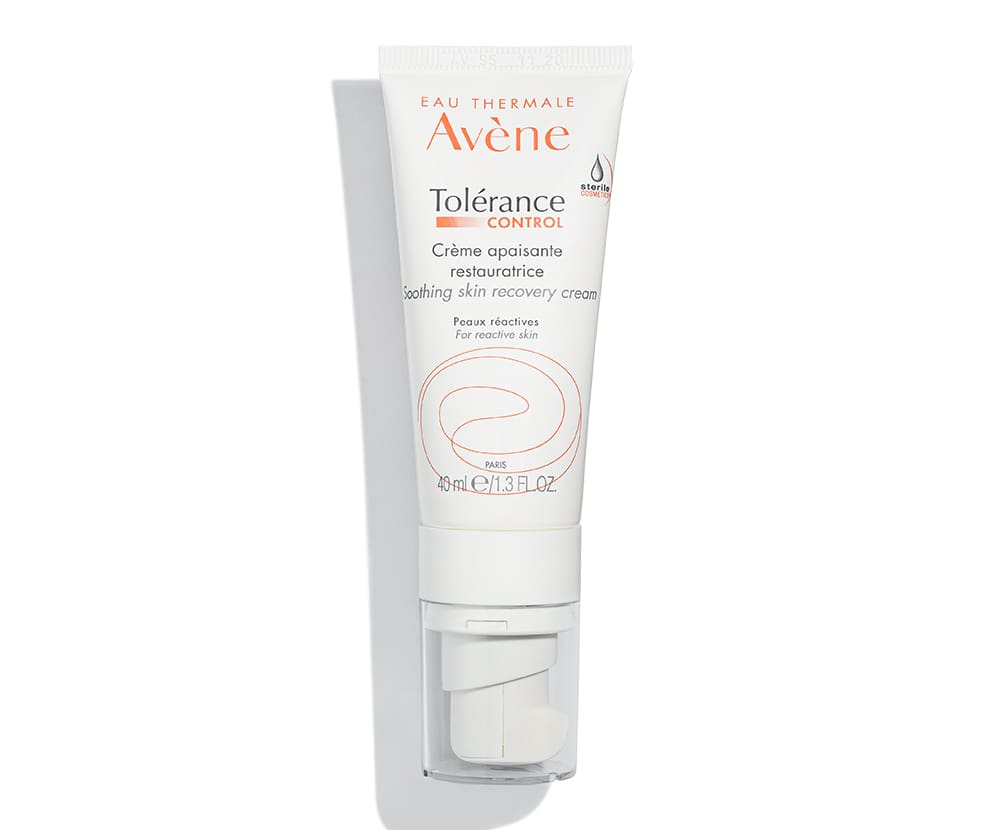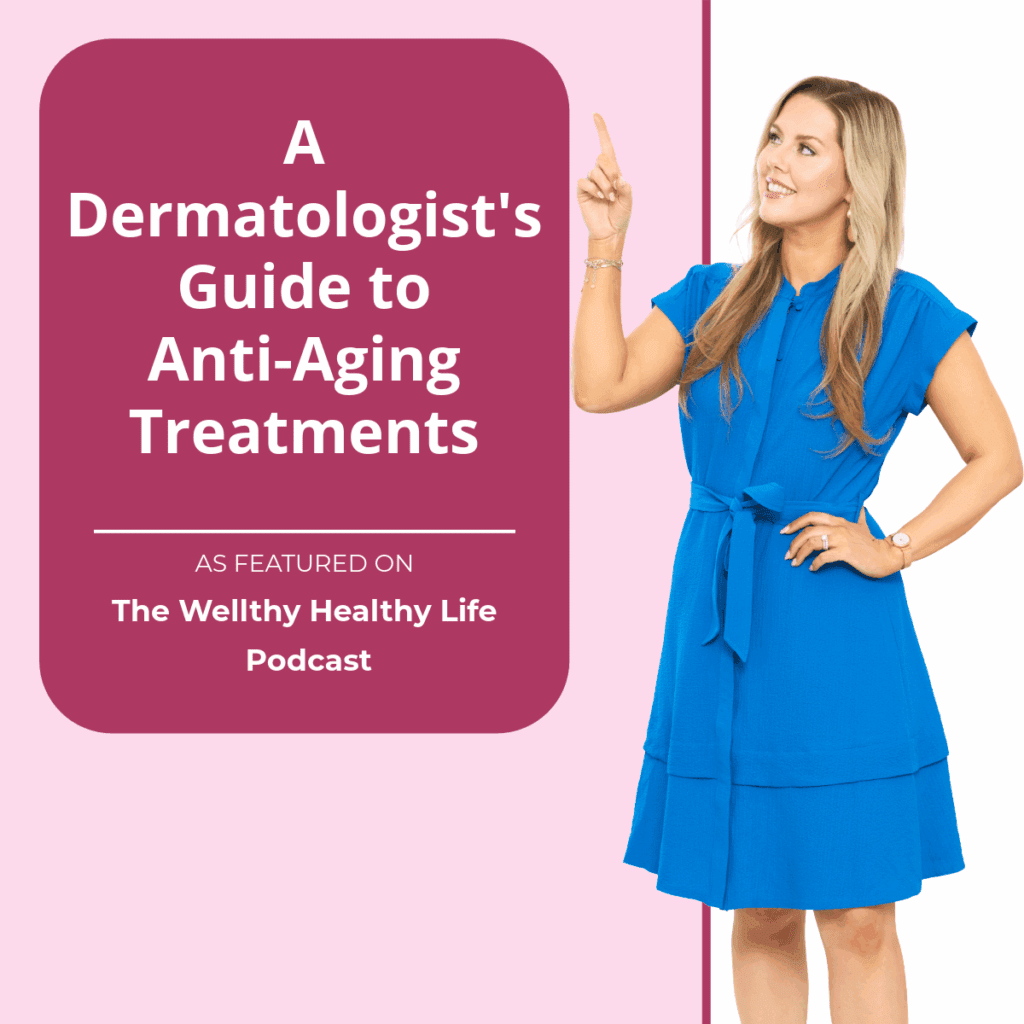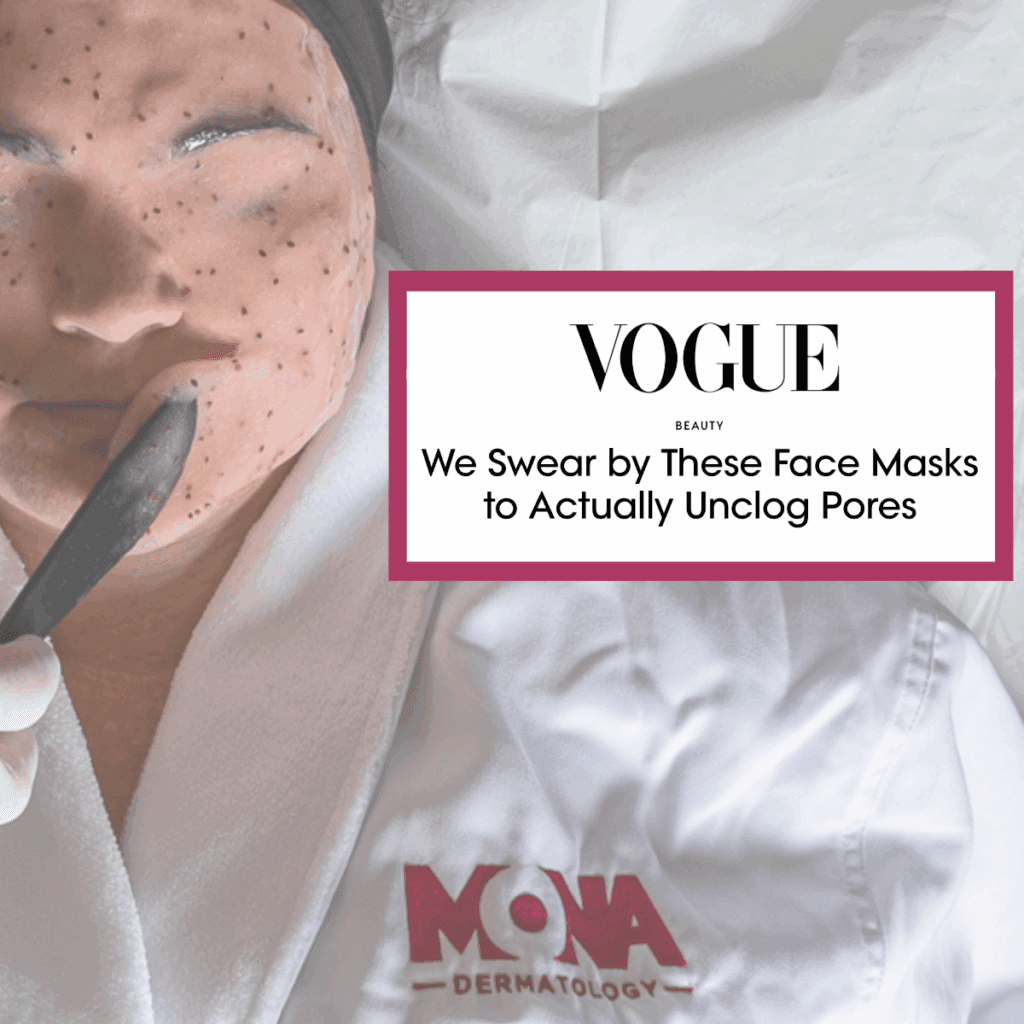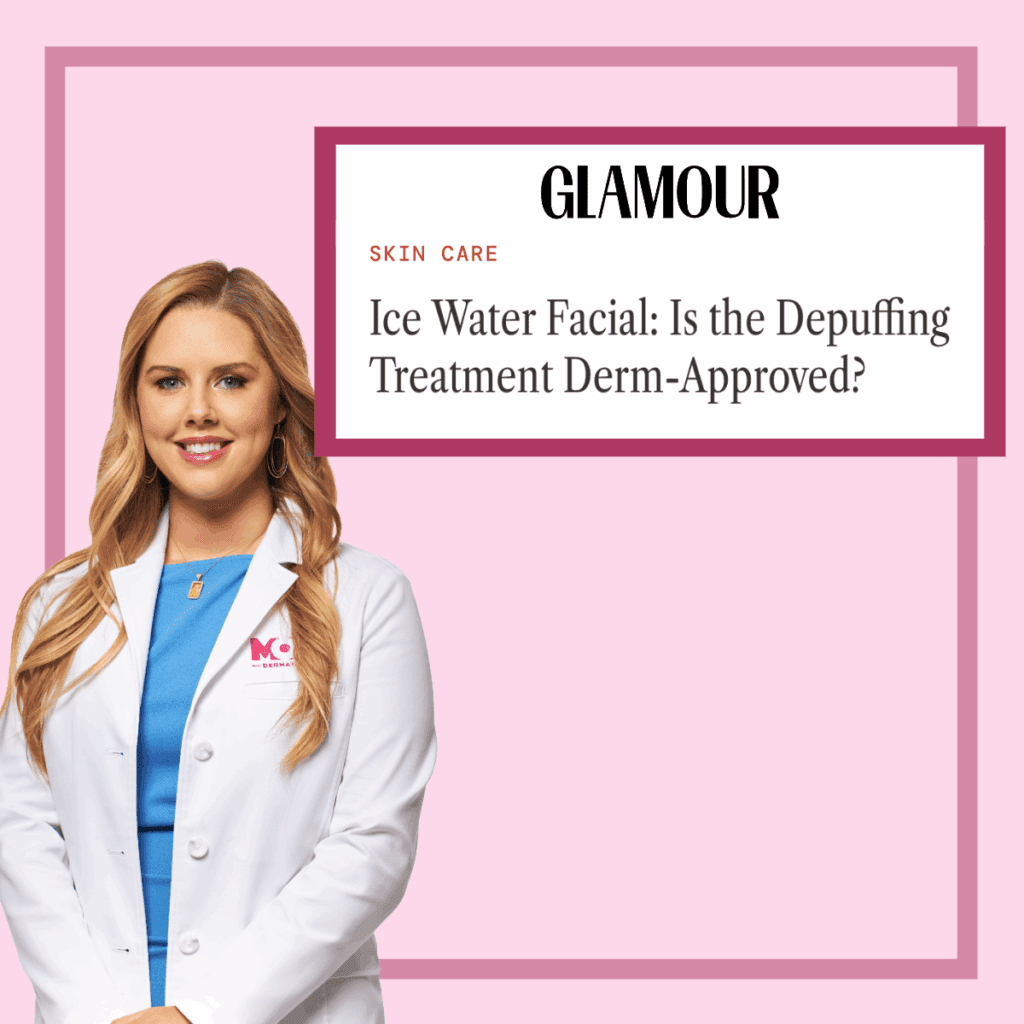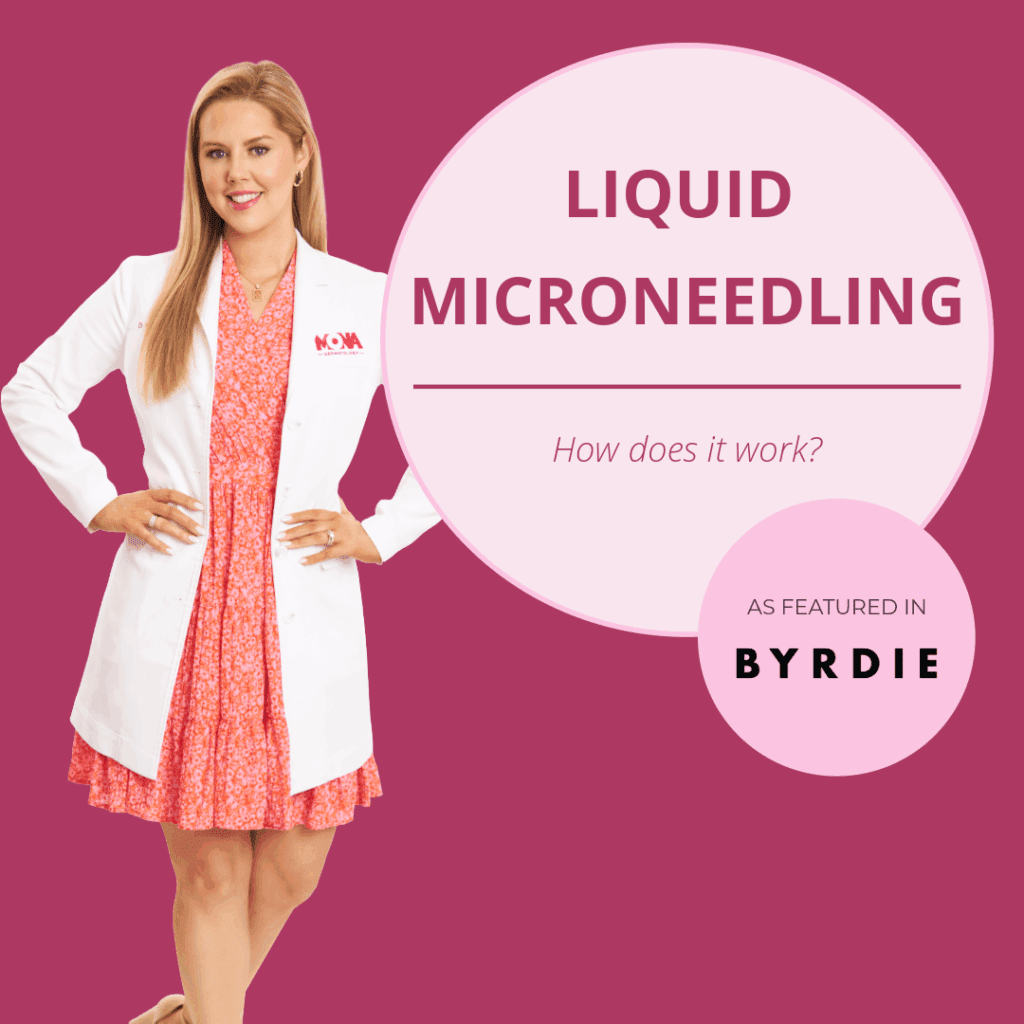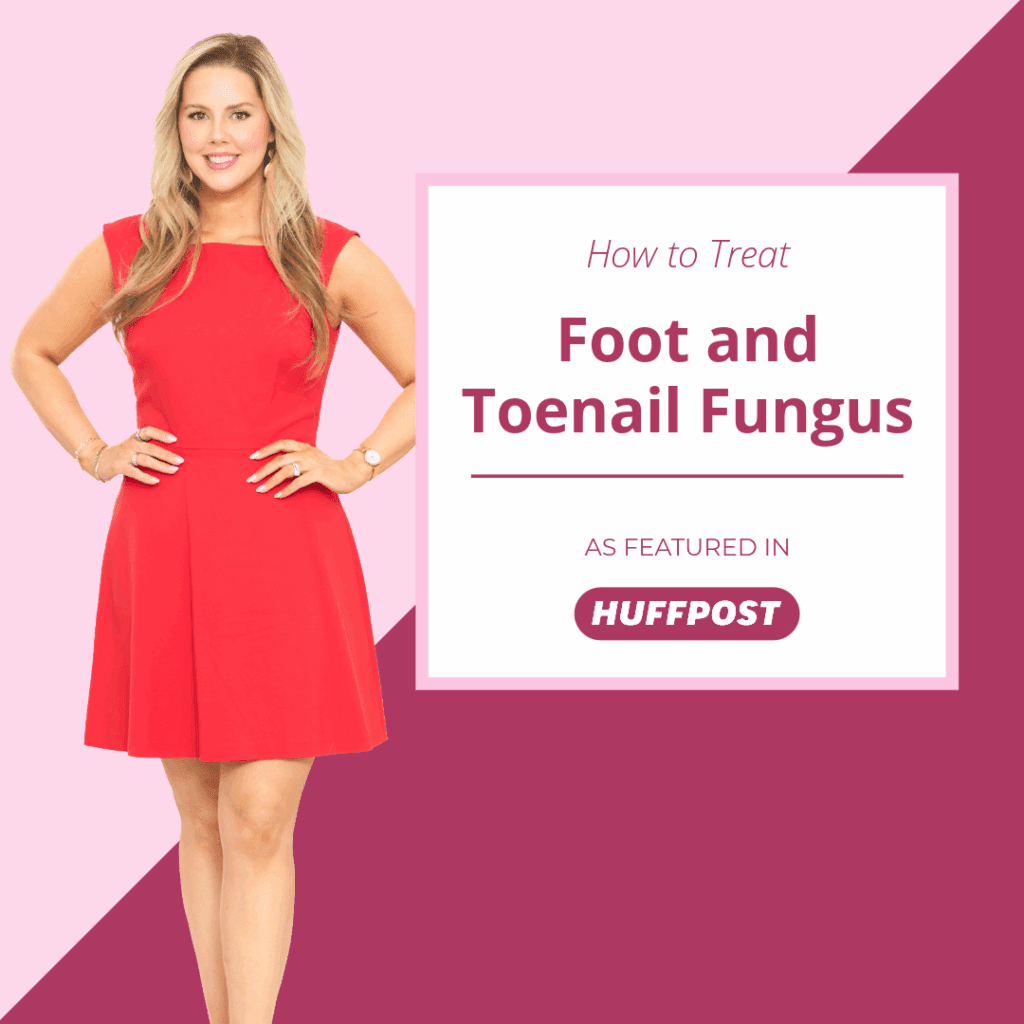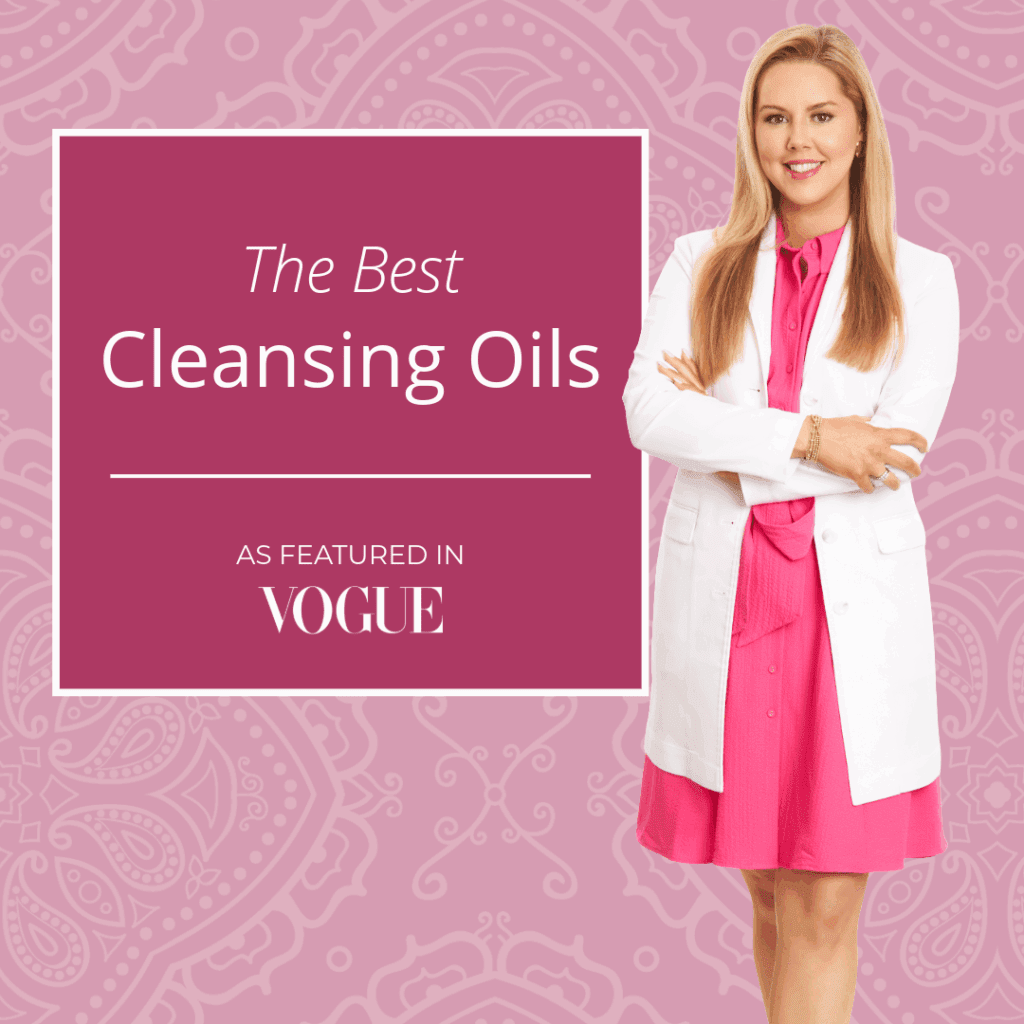Dermatologist-Approved Tips for Safer Gel Manicures
Gel manicures have become a go-to for anyone who loves long-lasting, glossy nails that don’t chip for weeks — but are they as harmless as they seem? While their durability and shine are hard to beat, regular gel manicures can come with some hidden downsides if you’re not careful. Listen to board-certified dermatologist Dr. Mona Foad break down how gel manicures affect your nails and how to keep them healthy with proper care. Be sure to check out the full article in Glamour!
Do you get gel manicures? Why or why not?
I used to get gel manicures when they first came out, but I often felt that the gel removal process was weakening my nails. I ended up switching to SNS powder years ago and have been getting that ever since. It’s understandable why so many people love them- they offer durability, a flawless shine, and the ability to go chip-free for weeks at a time. For people who travel often or have busy schedules, the longevity of the gel can be a game-changer. I’m not against them, but I do approach them with caution and always encourage patients to understand the risks and best practices before making them a part of their routine.
What are the primary health risks or negative effects that you associate with gel manicures?
One of the biggest concerns I see with gel manicures is weakened nails. This is often caused by improper application or removal techniques, such as aggressive filing or peeling the polish off, which can strip away layers of the nail and lead to brittleness or even nail loss. There is also the issue of UV exposure, as the lamps used to cure gel polish emit concentrated UVA light linked to premature aging and DNA damage in the skin, even if the exposure is brief. As with any manicure, infections can occur if tools aren’t sterilized properly or if cuticles are pushed back too aggressively, leaving the nail barrier vulnerable to bacteria or fungi. Additionally, the longer exposure to acetone during the removal process can be very drying to both nails and the surrounding skin. These risks don’t mean you can’t enjoy gel manicures, but they do highlight the importance of moderation and safe practices.
What steps can you take to make gel manicures less harmful?
There are several ways to enjoy gel manicures more safely. Before your appointment, apply a broad-spectrum sunscreen or wear UV-protective, fingerless gloves to shield your hands from UVA exposure. During your manicure, make sure you’re working with a licensed technician who uses proper technique and sterilized tools. Never allow your cuticles to be cut or pushed back too aggressively. When it comes to removal, avoid peeling or prying off gel polish. Instead, soak only the fingertips in acetone and follow with a nourishing oil or cream for nails and cuticles. Some salons use acetone-soaked cotton with foil wraps on the nail tips rather than submerging the entire hand. Between manicures, give your nails a break by taking “polish holidays” for a week or two. You can also use that time to rehydrate nails regularly with petroleum jelly or cuticle oil. As the industry evolves, you can also try other manicure methods, either between gel manicures, or as a safer alternative. Ask your manicurist if they offer other methods, such as the SNS Powder or Dazzle Dry manicures. 
Do typical SPF products protect against the UV light used to cure gel?
Not reliably. Standard sunscreens are designed and tested for protection against sunlight, which is much less intense than the concentrated UVA light from gel manicure lamps. Even broad-spectrum formulas may not block enough UVA to make a meaningful difference during curing. That’s why the best protection is physical shielding. Fingerless UV-protective gloves are the gold standard, since they can block over 99% of the rays while still leaving your nails exposed for treatment. If gloves aren’t available, a broad-spectrum SPF 30+ can help if applied generously about 20 minutes before the appointment and reapplied before each lamp exposure.
How do you feel about the UK gel manicure ban?
I think the UK’s move reflects increasing concern about long-term risks that come with repeated UV exposure and nail damage. While gel manicures themselves aren’t inherently dangerous, misuse, overuse, or lack of proper protection can cause real problems. Bans like this also highlight the need for innovation in safer nail technologies. In the meantime, my message to patients is not one of fear, but of balance. Be mindful of the risks, protect your nails, and try safer alternatives that still give you long-lasting results.
What would you tell patients who have concerns about using gel polish but don’t want to give it up?
I always tell patients: if you love gels, you don’t necessarily need to give them up, but they might not be the best long-term option. Use them occasionally and look at other manicure methods. You just need to be smart about how you do them. Choose a skilled, licensed technician, protect your hands from UV exposure, and commit to proper removal. Hydrate your nails and give them breaks between manicures to allow recovery. Think of gels as an occasional indulgence, not a constant routine. With the right care, you can enjoy the benefits while minimizing the risks.


